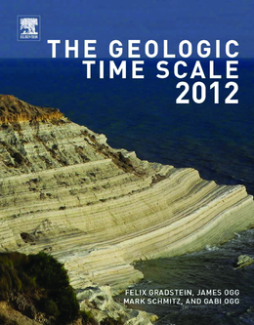
Additional Information
Book Details
Abstract
The Geologic Time Scale 2012, winner of a 2012 PROSE Award Honorable Mention for Best Multi-volume Reference in Science from the Association of American Publishers, is the framework for deciphering the history of our planet Earth. The authors have been at the forefront of chronostratigraphic research and initiatives to create an international geologic time scale for many years, and the charts in this book present the most up-to-date, international standard, as ratified by the International Commission on Stratigraphy and the International Union of Geological Sciences. This 2012 geologic time scale is an enhanced, improved and expanded version of the GTS2004, including chapters on planetary scales, the Cryogenian-Ediacaran periods/systems, a prehistory scale of human development, a survey of sequence stratigraphy, and an extensive compilation of stable-isotope chemostratigraphy.
This book is an essential reference for all geoscientists, including researchers, students, and petroleum and mining professionals. The presentation is non-technical and illustrated with numerous colour charts, maps and photographs. The book also includes a detachable wall chart of the complete time scale for use as a handy reference in the office, laboratory or field.
- The most detailed international geologic time scale available that contextualizes information in one single reference for quick desktop access
- Gives insights in the construction, strengths, and limitations of the geological time scale that greatly enhances its function and its utility
- Aids understanding by combining with the mathematical and statistical methods to scaled composites of global succession of events
- Meets the needs of a range of users at various points in the workflow (researchers extracting linear time from rock records, students recognizing the geologic stage by their content)
"…one of the main distinctions of the new version is the more detailed subdivision of the preceding Precambrian interval. As before, the earlier chapters of the book summarize the approaches used; they review the main methods of obtaining chronometric dates and calibrating them with geomagnetic polarity and orbital fluctuations, as well as the use of various stable isotopes in chronological and paleoenvironmental analysis…Required for specialist libraries and a valuable acquisition for other libraries lacking the 2004 edition." --CHOICE, April 2013
